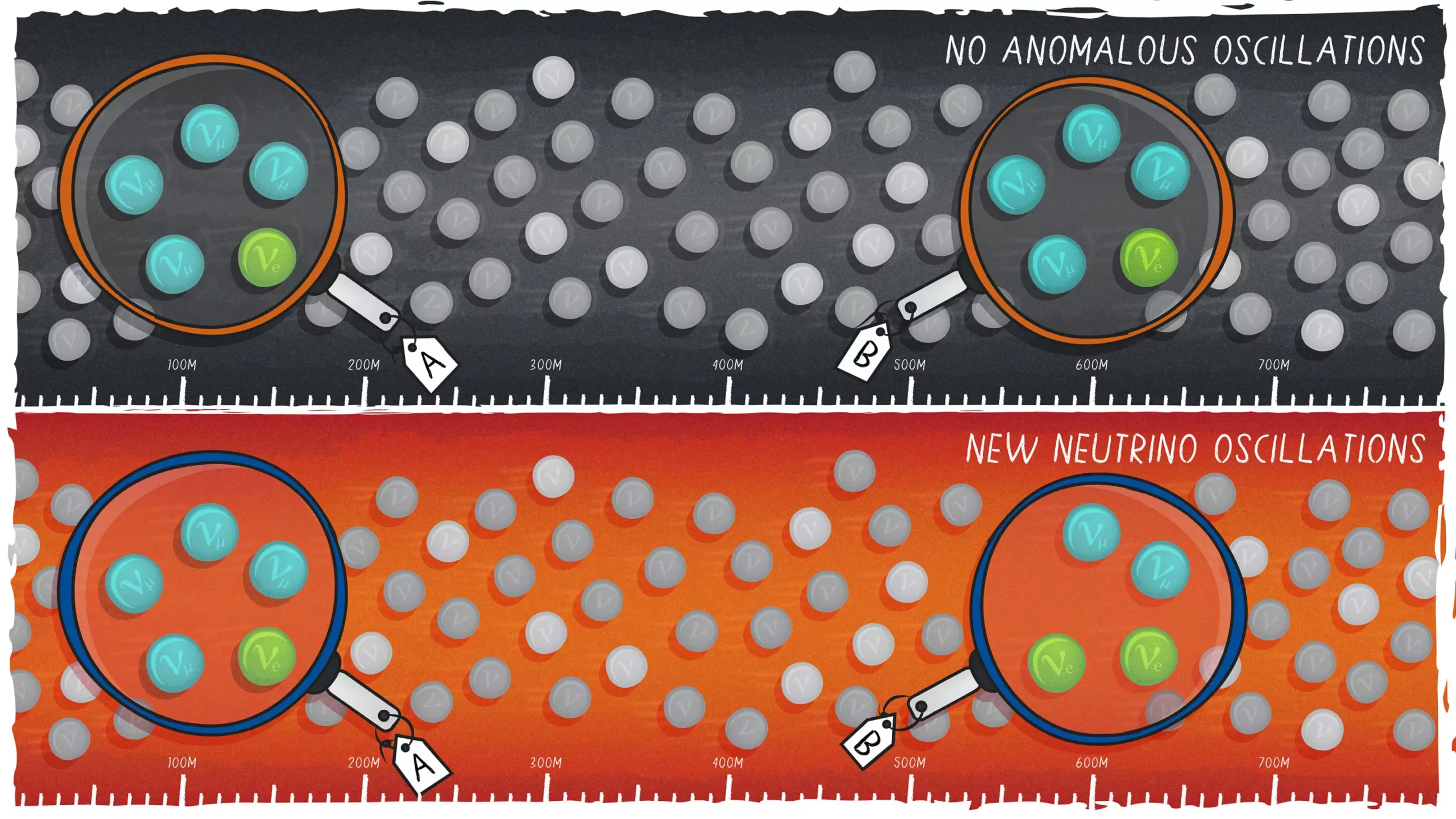Scientists working on the Short-Baseline Near Detector (SBND) at Fermi National Accelerator Laboratory have recently made a groundbreaking discovery – the detection of the detector’s first neutrino interactions. This achievement marks a significant milestone in the field of particle physics, as the SBND collaboration has been tirelessly working on planning, prototyping, and constructing the detector for nearly a decade.
The SBND collaboration believes that this discovery is just the beginning of unlocking the mysteries of particle physics. David Schmitz, co-spokesperson for the SBND collaboration, emphasized the importance of this moment, stating that “It isn’t every day that a detector sees its first neutrinos.” The team’s dedication and years of effort have culminated in a promising start to their search for new physics.
Neutrinos, being the second most abundant particle in the universe, pose a unique challenge to scientists due to their elusive nature. Interacting only through gravity and weak nuclear force, neutrinos are notoriously difficult to study and detect. The three known flavors of neutrinos – muon, electron, and tau – have the intriguing ability to oscillate between each other, hinting at the existence of potential new neutrino types.
The Short Baseline Neutrino Program at Fermilab aims to investigate neutrino oscillations and explore the possibility of a fourth neutrino. SBND serves as the near detector for the program, while ICARUS acts as the far detector. By combining the capabilities of both detectors, the SBN Program offers a unique opportunity to address anomalies observed in previous experiments and potentially confirm the existence of new neutrinos.
SBND’s proximity to the neutrino beam allows it to capture a significant number of interactions on a daily basis, providing researchers with an extensive data set for analysis. This large data sample will enable scientists to study neutrino interactions with unparalleled precision, offering valuable insights into the properties of neutrinos and their behavior.
One of the key challenges faced by SBND is the complex nature of neutrino interactions with argon, the primary detection material used in the experiment. Understanding these interactions is crucial for future experiments utilizing liquid argon for neutrino detection, such as the Deep Underground Neutrino Experiment (DUNE). Researchers anticipate that SBND’s extensive data collection on argon interactions will significantly contribute to advancing our understanding of neutrino physics.
While neutrinos remain the primary focus of SBND, scientists are also keeping an eye out for other particle interactions that may reveal unexpected discoveries. The detector’s close proximity to the particle beam opens up the possibility of detecting new phenomena that could provide insights into mysteries such as dark matter. SBND’s capabilities extend beyond neutrino research, offering a platform to explore various aspects of particle physics beyond the known Standard Model.
As the SBND collaboration continues to operate the detector and analyze the vast amount of data collected, the journey towards unraveling the mysteries of neutrinos is far from over. The detection of the first neutrinos marks the beginning of an exciting new era for the collaboration, setting the stage for further discoveries and advancements in the field of particle physics.
The recent breakthrough at SBND highlights the immense potential of neutrino research at Fermilab and underscores the importance of international collaboration in pushing the boundaries of scientific exploration. The journey towards unlocking the secrets of neutrinos is just beginning, and the implications of these discoveries could revolutionize our understanding of the universe at its most fundamental level.

